A Medicane called Minerva
This week: A Medicane called Minerva; Storm Nino; The system works!; Rooftop adventures; An afternoon off;
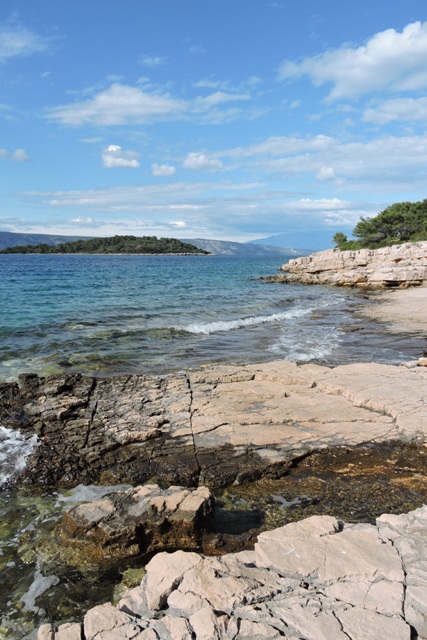
I will never complain about rain, even when we have a lot.
This week has been especially wet, so much so that I had a walk (between downpours) up to the old Austrian built dams in the Krušvice to see if there was water flowing down the valley.

These were built some 130 years ago to slow the flow of water down the valley above Dol.
There was no water to be seen. However I did find another orchid, and a whole terraced plot containing wild garlic.
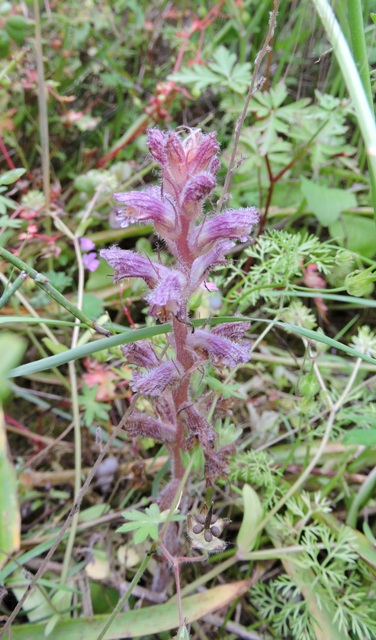
I could smell the garlic from quite a way away, but it is nice to see this woodland plant colonising an abandoned terrace.
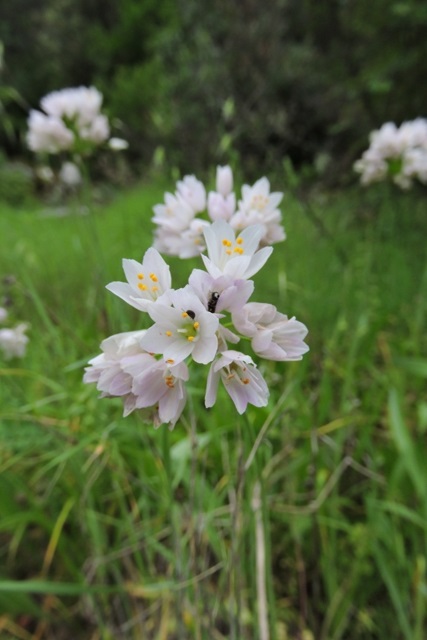
Back in a December blog I mentioned that I had been given a Tree Melon plant, Solanum muricatum, by a neighbour.
It has overwintered outside, because it should grow in my climate zone. However no leaves had shown although most stems were green, so I brought it into the polytunnel.
The temperature in my polytunnel seldom drops below 20ºC now and can reach 35ºC, even with ventilation.
This week the first leaves have spouted on the Tree Melon. Maybe it was just a little too cold outside?
When it is raining, it is nice to work inside the polytunnel, so I have been clearing the Broad Beans. These have given me fresh greens all winter, and beans for the past two months.

I have another day’s work then I will be ready to plant my summer crops. Already waiting are sweet potato slips.
I think I will plant the Tree Melon inside the polytunnel as well, as it obviously likes the extra warmth.
My Guava, which I planted six years ago, but has never fruited, is also covered in blossom at the moment too.
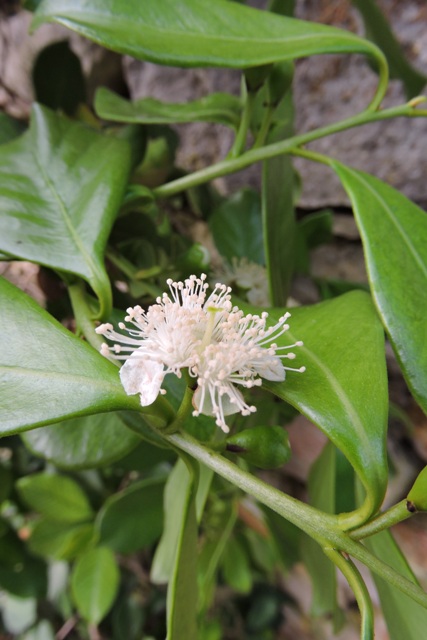
There are some plants which are borderline outside here in Dol, but clearly love the extra warmth and stable humidity in the polytunnel provides.
I noticed on my Bird of Paradise that there was a female Bush Cricket. You can tell the females because of their long ovipositor.

Then I spotted movement on the wall behind and saw there was a smaller male sitting there.
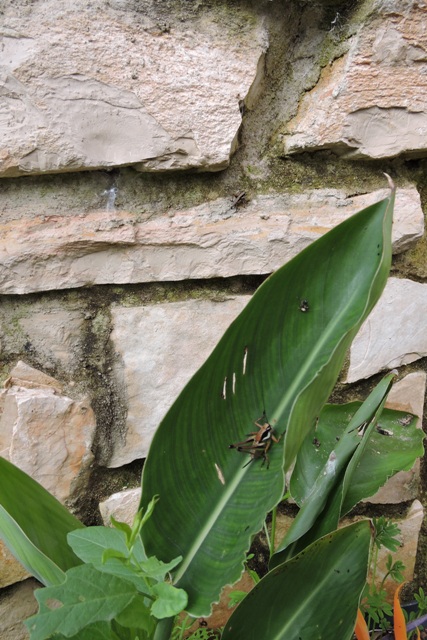
Fearing I may have disturbed something intimate, I quietly edged away and left them along. I can remove the beans at that end another day!
A Medicane called Minerva
Meteorological terms are confusing. For example Cyclones are bad but anticyclones are good.
An anticyclone is a large-scale circulation of winds around a central region of high atmospheric pressure.
They rotate clockwise in the Northern Hemisphere and counter clockwise in the Southern Hemisphere, when viewed from above.
However a cyclone is a large air mass that rotates around a strong centre of low atmospheric pressure. Cyclones rotate anticlockwise in the Northern Hemisphere and clockwise in the Southern Hemisphere as viewed from above.
So the rotation is opposite to an anticyclone, the difference being due to Coriolis. However that is a whole new subject!
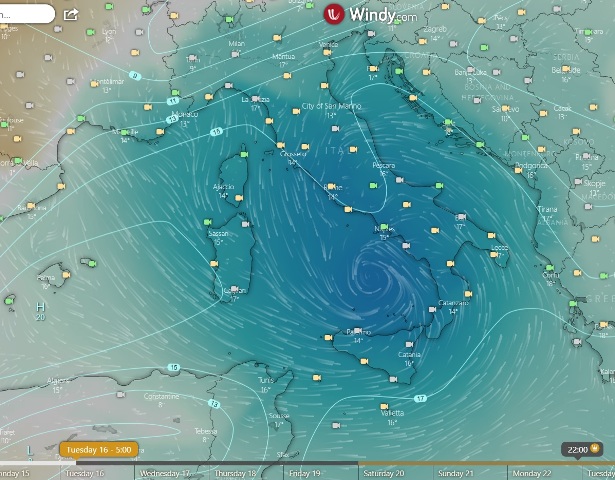
So anticyclones rotate clockwise and cyclones rotate anticlockwise. That’s logical then, not!
Then we have Cyclone Mocha which hit Bangladesh this week, at the same time as Medicane Minerva was battering the central Mediterranean.
Everyone knows what a Hurricane is, but depending where in the world you are, this rapidly rotating cyclone storm system will go by a variety of names.
Cyclones are characterized by a low-pressure centre and an eye, a closed low-level atmospheric circulation, very strong winds, and a spiral arrangement of thunderstorms. These produce heavy rain and squalls.
Depending on its location and strength, a cyclone is referred to by different names, including hurricane, typhoon, tropical storm, cyclonic storm, tropical depression, or simply cyclone.
In the Mediterranean they are called “Medicanes” and like storms around the world, the major storms are given names.
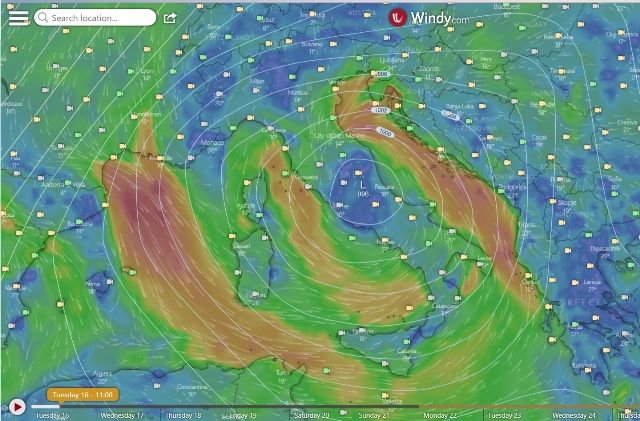
This week we have had Medicane Minerva.
Minerva was the Roman goddess of wisdom and crafts.
I picked up on the forming storm late on Saturday and warned my Dol weather group about potential for heavy rain on Sunday evening.
Storm Nino
The rain actually started early on Sunday when Dol received 80mm (80 litters per square metre), with more on Monday.
Dol caught the edge of the storm on Tuesday with high winds, driving rain and cancelled ferries.
Meanwhile northern Croatia and northern Italy, on the other side of the Adriatic received a pounding. The worst hit area by far was Emilia-Romagna.

In the Krka National Park, the water level at Skradinski buk on Tuesday 16th May, 2023 was 254 centimetres. This is the highest recorded value since the measurements there began.
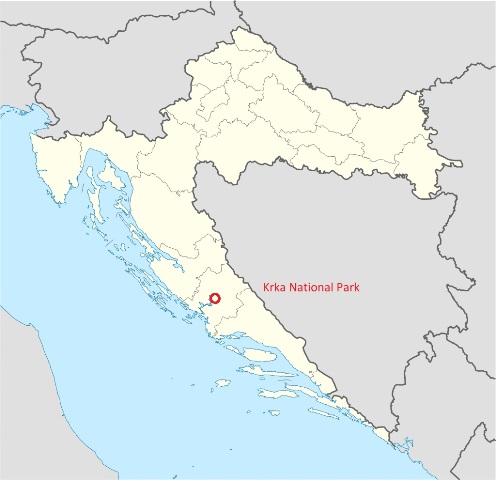
The National Park is about 80 kilometres north of Dol.
In Slavonia to the east of Zagreb, rivers burst their banks and the Croatian army was deployed to sandbag homes and rescue people.
Meanwhile here in the south, “all” we had in Dol was a total of 120mm / 120 liters per m² of rain.
Looking at my weather station data, May 2023 is the wettest May I have ever recorded.
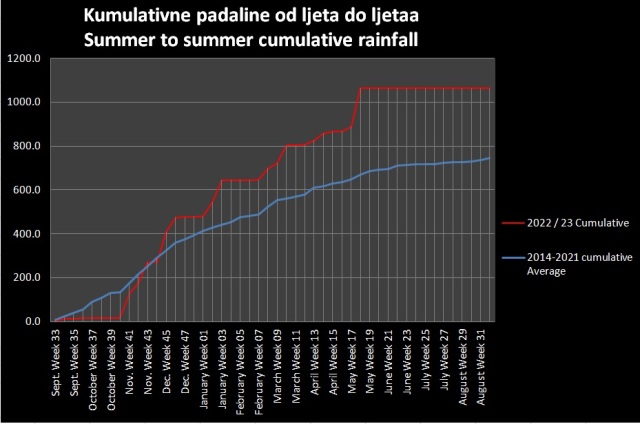
We have had more rainfall in the first week of May, our first week of the “summer hot and dry” period, than we would expect in the whole five months of summer.
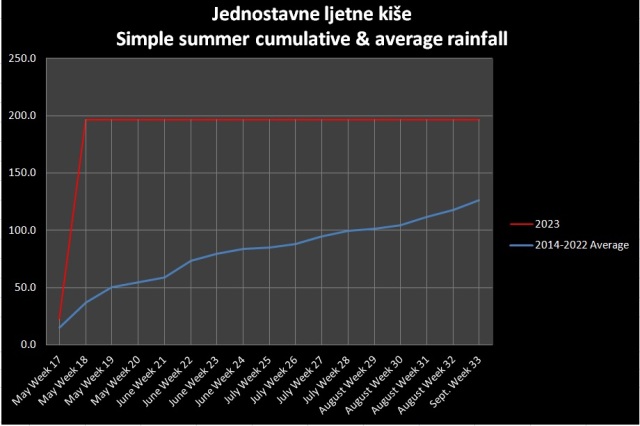
We are almost seven times above the average.
The cause of this is the jetstream which is much further south than normal at this point in the year. This deviation is linked to changes in the Pacific Ocean.
This continuing jetstream meander means that another deepening area of low pressure has formed. At the moment it is off the North African coast has already been named Storm Nino.
This will move northwards this week, affecting Corsica and Sardinia before reaching Piedmont. We will be on the very outer edge of its influence.
The system works!
Last week I mentioned that I had read about how to potentially start old seeds into life.
When I checked on the plastic containers on Thursday, two batches of seeds have begun to germinate.
The Garlic Chives are quite well advanced and I have pricked them out into larger containers to grow on.
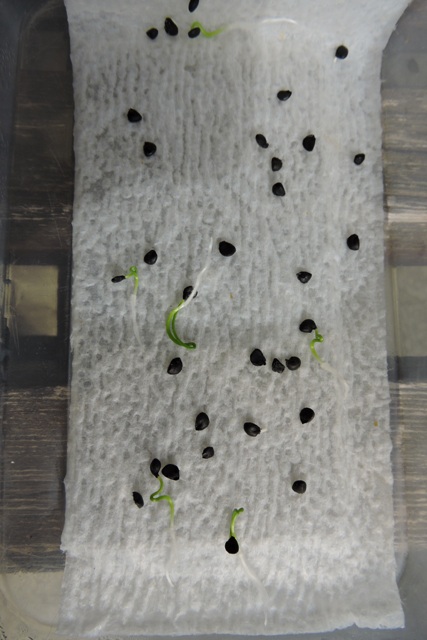
So far, around 10% of the seeds have germinated.
One of the other seeds which came from a packet which I had not marked what they were when I collected them, are also showing the first signs of germination.
So even if the idea does not work for all old seeds, if even just a few germinate, I will be happy.
It seems quite a simple and inexpensive way of breaking the dormancy of old seeds.
Rooftop adventures
I keep an eye on my next door neighbours property, because we share a party wall.
When there is heavy rain, I see the damp patches appear on my wall.
The rain and high winds this week made me look at his roof, and I saw that several tiles had been dislodged.
I have a few similar tiles, so I was up on top, once the sun shone again, to try and patch up the hole.
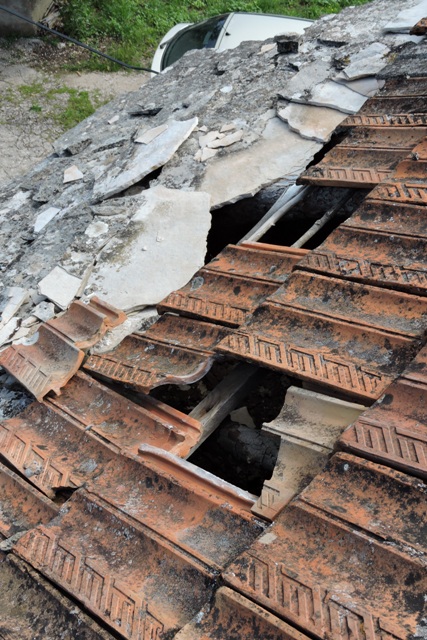
My neighbour tells me that this building was also burnt in January 1943, so the roof dates from then.
One part of the roof is made of the very old stone slabs, which survived the fire. The rest is clay tiles which date from 1943 when they were replaced.
The old roof is decidedly unsafe. As I was walking on it, observing the rock climbers maxim of always maintaining three points of contact, I could feel the whole roof flexing underneath my feet.
I didn’t spend a great deal of time on that side of the pitch, just long enough to replace some broken tiles and reposition those which had slipped.
I would really like to replace the whole roof, both mine and his, however he does not want to spend any money on the property!
An afternoon off
Following seven days of non-stop rain, when the sun finally appeared on Thursday, it was not long before the ground was drying up.
I went shopping then on the way back home, I did a detour down to the Dračevica pond on Stari Grad plain. This is the only permanent fresh water on the island.

Dol is in the centre, with St. Michaels Church the whit blob you can see above the bushes.
My curiosity was piqued to see how much water was there, following the rain. The pond was completely full and was even overflowing into surrounding fields.
I have not see it so full before.
I had expected to see some water fowl of some sort, but there were none. However there were lots of swallows flying low over the pond catching insects.
Although I could hear them, I couldn’t see them, but Bull Frogs were calling loudly from all around the margin of the water.
As soon as I went near to where the noise was coming from, it went very quiet. There may be lots of frogspawn in a few weeks…
Coming home, I decided to get my new foil board out to inflate and check it.
One advantage of the deck area above the workshop, is it provides a large, flat open space.
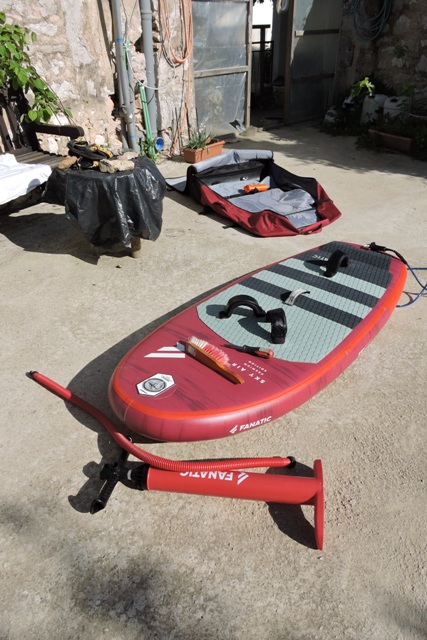
It didn’t take very long to inflate and I carefully used some specialist grease for the stainless steel bolts and threads where the aircraft aluminium foil attaches to the board.
Although we haven’t had a great deal of sun, the sea around the island is quite warm, so one of these nice days, I will be off down to one of the coves I know to try out the board and start to learn how to wingfoil…. NCG